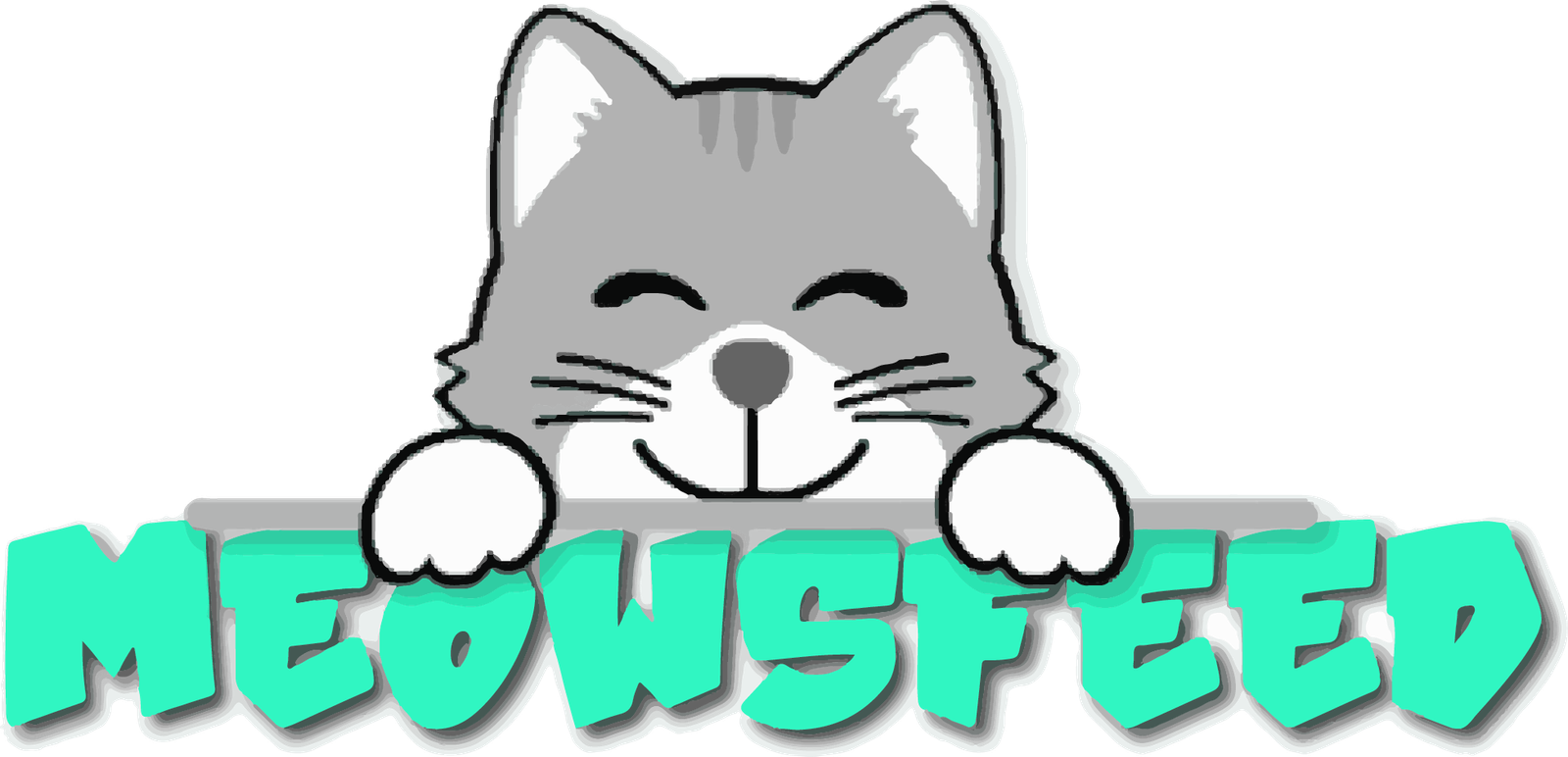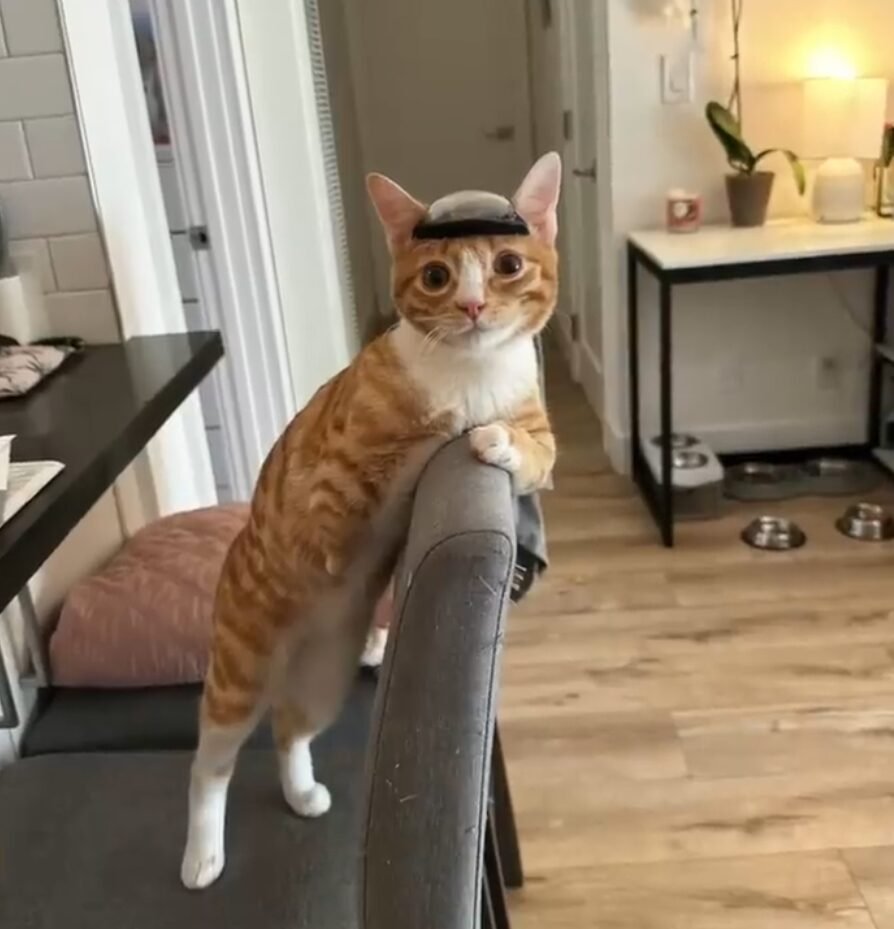Setting the Scene
There are always times of pure joy, fun, and the odd competition in homes with pets. This kind of funny thing happened in a house where the owner put together a fun obstacle course for his curious dog and his sassy cat. The problems? It’s just a bunch of markers, pencils, and other everyday things arranged in a smart way on the floor. It was time to see which animal, the cat or the dog, could handle the task with the most speed and skill. For some light-hearted fun, the owner chose to turn the living room into an obstacle course on the spot. The stage was set with a few pencils, markers, and small things like erasers and pillows. The pencils were laid out flat to make small walls, and the markers were standing straight up as thin, wobbly towers that were easy to knock over with a touch.

Creating the Obstacle Course
The plan was easy: make a road with obstacles that the cat and dog would have to get over without knocking anything over. The owner had a lot of fun making the course, but the real fun was seeing how each pet would react and deal with the task. The cat comes first. The cat, which is known for moving in elegant, almost acrobatic, ways, went up to the obstacle course with a quiet sense of confidence. Cats are naturally quick and agile. They have quick movements, soft paws, and an amazing ability to get through small areas. This cat was the same. With a flick of its tail and a twitch of its whiskers, it looked like it was ready to go. The dog was on the other side. It was a happy, excited furball that was wagging its tail and panting with joy.

The Cat’s Approach
Dogs may be less elegant than cats; they, however, compensate this by their enthusiasm. What a great dog, full of energy, willing to run, jump, and jump through the course as if it were an agility course. First, the cat opened the eyes. The cautious movements that it made on the floor stopped immediately, and it scanned the entire area and every object on the floor. We would have loved to see its graceful movements serenely crossing the floor like a royal cat creature. Every move was calculated in detail and was well thought out. He lifted his paws high and carefully put them between the pencils so they did not touch any of them. When it arrived at the first high post standing in its way, it paused for one brief second. It got down on its knees and slithered underneath the sign in an absolutely noiseless fashion. Its body was like liquid, losing and acquiring shapes for the sake of contorting around the various obstacles.

Grace vs. Enthusiasm
There was not a single pencil or marker that was moved or knocked over. Despite that, fine balance and quick reflexes, which were obviously inherent in the cat, would make it an excellent player in this game. This was near the end of the course; however, one of the paws landed on a marking and scooped it up. For a moment, the cat got up and stood on its hind legs to gaze at the sign with a resentful, bitterly disappointed look. But with a swift wag of its tail, the cat remained in motion and did the rest of it without much stress. The next day it was the dog’s turn. The cat was taking things slowly and carefully, but the dog had a completely different plan: he was going to be very excited. The dog ran forward with its tail wagging madly and let out an excited bark. It jumped over the pencils and ran through the course without stopping.

The Dog’s Turn
The excited paws of the dog knocked a few pencils. As the dog brushed into the markers, they started shaking and fell. The dog was just too much fun and didn’t bother about being precise. But he did not seem to care. Every time he would knock something over, he would just stop, take a glance at what had fallen, and then get back to being ecstatic. The dog’s irrepressible energy infected even a disorganised setting. He mightn’t have been as graceful as the cat, but he made up for it with pure joy. By the time he was done with the course, close to half of the markers were missing, and there were now pencils all over the floor. But for this particular hound, this was a victory. At last, each of the pets designed his way of winning.

Enjoying the Competition
With its precision and elegance, the cat completed the course with little problem, but it had the pace of a cat. While the dog was full of energy and excitement, it made an obstacle course so much fun, even though it did leave a path of broken marks in its wake. You think who won? Well, it all depends on the definition of the word “victory. ” If it was who changed the least—the cat was the winner of the run. If, as presumably it was supposed to be, it was about having fun and the process of it all, then the dog won. In the end, the obstacle course wasn’t about winning; it was about spending time with pets and seeing how their unique personalities came out. In the end, the most important thing was having fun and watching the cat and dog compete with each other.


















